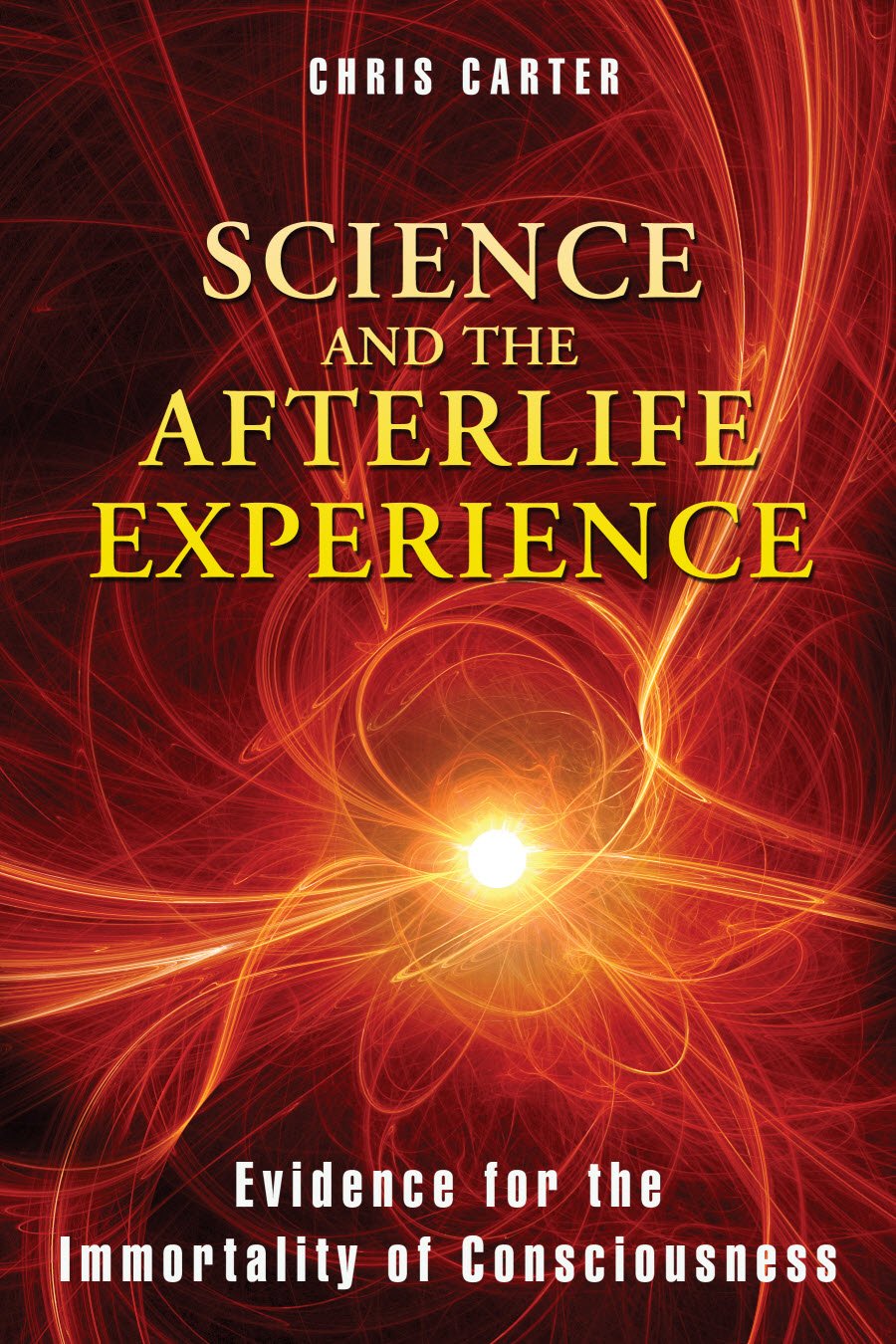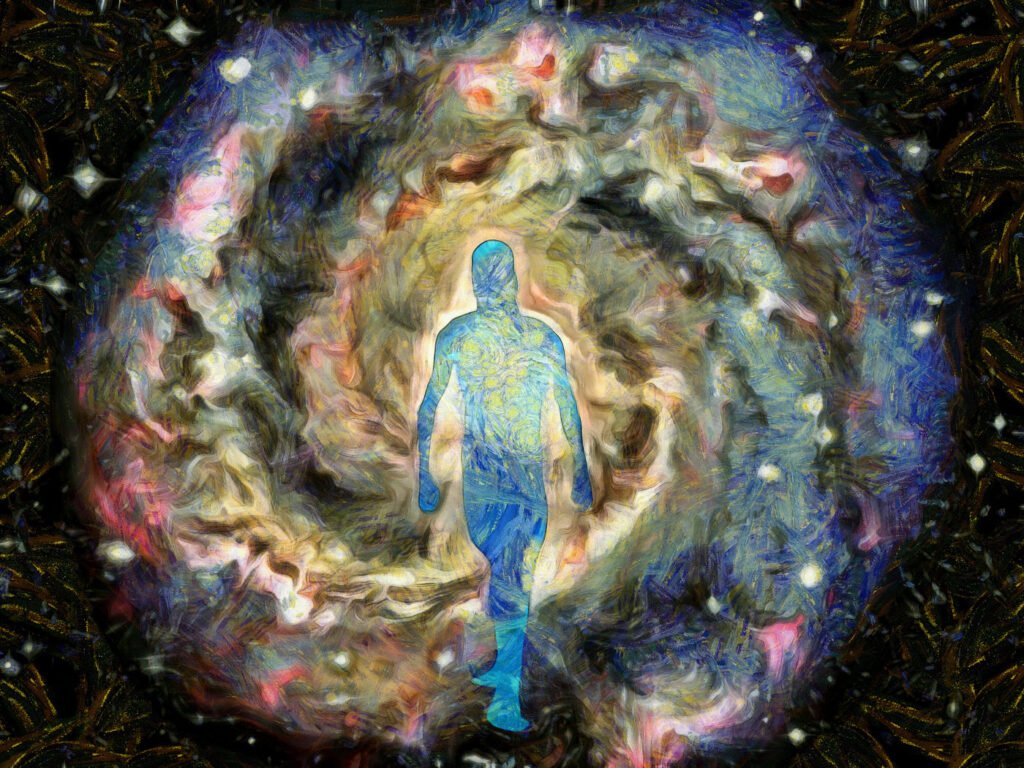Materialistic thinking suggests that perceptions of life after death are a creation of the brain. Using evidence from scientific studies, Chris Carter, in his book Science and Afterlife Experience, shows that consciousness does not depend on the brain and that near-death experiences may truly provide a glimpse of an awaiting afterlife.
Near-death experiences across cultures
The findings discussed up to this point have been gathered from western accounts. If the near-death experience (NDE) is a truly universal human experience, it should occur in all cultures. What about near-death experiences in non-western cultures? Although comparatively few studies have involved non-western subjects, enough data has been gathered in order to make some comparisons and to find out to what extent these experiences are culture bound.
China
In 1976 an earthquake struck Tangshan, China. Eleven years later, two physicians, Feng Zhi-ying and Liu Jian-xun, interviewed eighty-one survivors and found that 40 per cent reported near-death experiences. Compared to western accounts, this is an unusually large percentage, but we must remember that this sample was not randomly chosen and that all the subjects were victims of a single disaster.
Similar to western studies, the researchers found that age, gender, marital status, educational and occupational level, personality, brain trauma and prior knowledge of NDEs and belief in spirits, ghosts, God and destiny did not affect the contents of the NDE.
The main difference between the Chinese sample and western reports seemed to be in the frequency with which the various stages were reported. Fewer Chinese subjects reported feelings of peace or joy, an out-of-body experience, entering a tunnel-like dark region and encountering a light. Many more Chinese subjects reported a life review. The percentages who reported meeting deceased or religious figures, or seeing an unearthly realm of existence, were comparable with most western studies.
India
The first major report of NDEs from India was presented in 1977 by Osis and Haraldsson, who travelled to India to interview 704 Indian medical personnel about their experiences with the dying. In this sample they found 64 reports of NDEs, which they were able to compare with reports of 56 American NDEs they had gathered earlier.
The experiences of the Indian patients were similar to those of the American patients. About 80 per cent saw otherworldly apparitions and about one-third of the Indians who reported apparitions also reported being explicitly sent back by the otherworldly figures. However, whereas the American patients were usually told something to the effect that it was not their time, or that they had unfinished work to do, the manners of the Indian apparitions seemed more bureaucratic. Messengers would sometimes escort the dying patient to a clerk, who would then consult some records and announce that a mistake had been made! The bureaucratic bungling would be corrected and the person would then be returned to their body.
Satwant Pasricha and Ian Stevenson reported a more recent systematic survey of 16 NDEs in northern India in 1986. The findings of Pasricha and Stevenson were generally in agreement with the earlier findings of Osis and Haraldsson. Here is a sample report concerning a woman suffering from an abdominal ailment. After she fell unconscious:
“I saw three persons with curly hair coming. Then I found myself outside (on the threshold) of a door. Inside, a fat man was sitting on a bench and looking through some papers. He told those three persons: ‘Why have you brought her? She still has [not completed her allotted] time’ and he threw away my papers. After that I do not know how I came back.”
In several respects, it is apparent the Indian cases differ from the western and Chinese ones. In all three studies, Indian accounts seem strongly influenced by Hindu religious beliefs. Yamaraj, the Hindu god of death, is a well-known figure in Indian mythology, as are his messengers, the Yamadoots. So too is Chitragupta, the man with the book, who, upon a person’s death, is said to consult the fabled Akashic Records, in which are inscribed all the deeds, good and bad, of a person’s lifetime. Several features typical of the Indian accounts can be seen in the following, given by a woman suffering from a fever for which she received no medical treatment.
“I was dragged ‘up’ by four Yamadoots. I saw one door and went inside. I saw my mother and father there. I also saw the Yama, who was fat and had books in front of him. The Yama started beating the Yamadoots for having taken me there instead of another person… I was asked by my parents and the Yama to be sent back… and I was happy to be back so I could see my children.”
As in the account given above, the Indian subjects frequently report being taken to the ‘other realms’ by some messengers, where a man with a book consults some records, decides a mistake has been made – that the subject’s time has not yet come – and orders the subject’s return. This contrasts especially with western cases, in which messengers do not usually escort the subjects and no mistake accounts for their return. None of the Indian subjects reported a panoramic life review. Although Osis and Haraldsson found several out-of-body experiences in their reports, Pasricha and Stevenson found only one case out of 28 that contained this feature. Also, descriptions of tunnels are conspicuous by their absence from the reports of Indian subjects – not a single informant in these studies reported the experience of a tunnel.
Nevertheless, we can also see that there are some striking similarities between Indian and western accounts. In both cultures, experiments frequently report meeting deceased acquaintances and otherworldly beings, usually in an unearthly realm. In both sets of reports a decision is frequently made that it is not one’s ‘time to go’. And, although the Indian reports lack a panoramic life review, the reading of Chitragupta’s book can be considered a form of life review, although one that is thought to be postponed until the actual day of reckoning.
Science and Afterlife Experience by Chris Carter, published by Inner Traditions International and Bear & Company. Reprinted with permission of publisher. All rights reserved. http://www.Innertraditions.com

Chris Carter received his undergraduate and master’s degrees from the University of Oxford. The author of Science and the Near-Death Experience and Science and Psychic Phenomena, he is originally from Canada and currently teaches internationally.


